Transit Report Card: Glacier National Park

Mt Piegan from the Siyeh Pass Trail
I've just returned from a weeklong vacation in Glacier National Park, and though I didn't intend to think much about transit while there, I was more than pleasantly surprised by the effectiveness of the park's bike, bus, and rail options. Glacier draws 2.3m visitors per year despite its remoteness - the nearest large cities (Calgary and Spokane) being 175 miles away - a feat that makes its carfree options all the more impressive. For reference, despite being a full hour closer to its nearest major city, Glacier draws nearly twice as many people as Mt Rainier.
Unlike Rainier or Olympic, which are primarily wilderness parks with few roads or services, Glacier stands out for a more European Alps feel: staffed backcountry chalets, multiple ferry services, 3 intercity rail stations, and a major road (Going to the Sun) bisecting the park from west to east. In the spirit of our Transit Report Card series, here are a few of my anecdotal observations.
Segments ridden
- Horizon Air outbound to Kalispell, Amtrak inbound to Seattle
- National Park Shuttle between Apgar Transit Center, Lake MacDonald Lodge, Avalanche Creek, The Loop, Logan Pass, and Siyeh Bend
- Cycling from West Glacier all the way to Logan Pass via Going to the Sun Road

System Map
Fare Structure: A+
- Sensibly for a large area lacking ATMs or cell service, and visited by people from all over the world, the 48-mile shuttle system from Apgar to St. Mary Lake is completely fare free.
Scope: B+
- Most major attractions in the park are accessible by the free shuttle, including all destinations along Going to the Sun Road. Fee-based shuttles are available on the lesser-visited east side of the park, connecting East Glacier, Two Medicine Lakes, Many Glacier, and Waterton Lakes in Alberta for fares ranging from $10-$92. Amtrak connections are easiest at the West Glacier station, where a $10 shuttle or a 3-mile bike trail will take you to Apgar at the foot of Lake MacDonald.
Frequency: A+
- For a wilderness system detached from any urban areas, I was pleasantly surprised to find 15-30 minute frequency all day on the free shuttles.
Span: C-
- Service only operates from 9am-6pm, and only during the summer. Limited express service exists in the morning eastbound from Apgar to Logan Pass as in-service deadheads.
Usability: B-
- There are 3 lines along Going to the Sun Road, all with forced but untimed transfers. From Apgar to Lake Macdonald Lodge and Avalanche Lake, 30"^2 Optima Opus low-floor buses carry the lion's share of passengers. Due to narrow turning radii between Avalanche and Logan Pass, passengers must transfer to smaller vans to reach the pass. Between Logan Pass and St Mary Lake, a mix of both type of vehicles are used. The forced transfer is made worse by priority given to other passengers waiting to transfer. If you are going from Apgar to Logan Pass, for instance, you are not guaranteed a seat at your transfer point.
Bike Integration: B+
- Most of the shuttles have 2-position bike racks, an amenity that became exceedingly useful because bikes are prohibited on Going to the Sun Road between 11am-4pm every day due to high traffic. Bike repair stands are located at Lake MacDonald lodge as well.
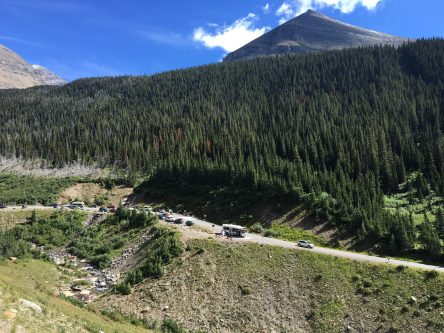



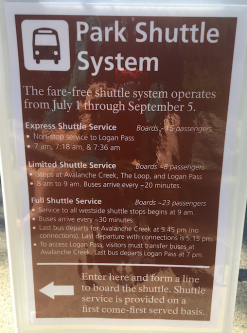
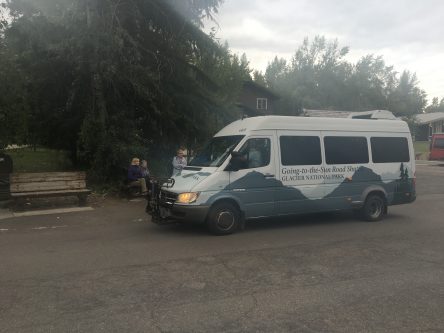
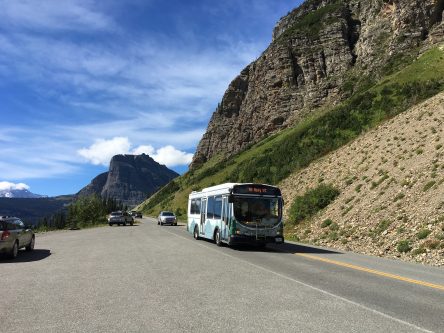
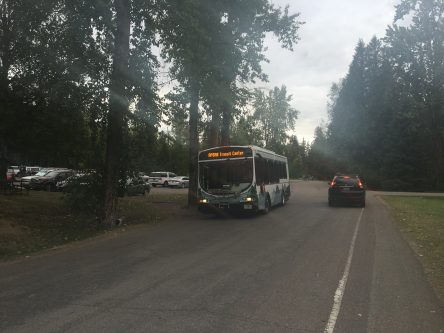
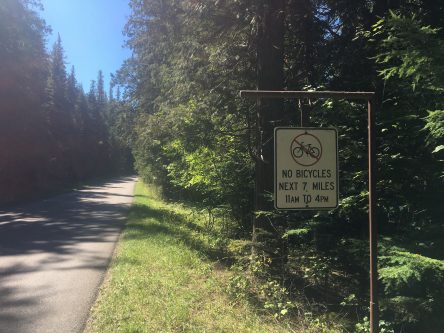
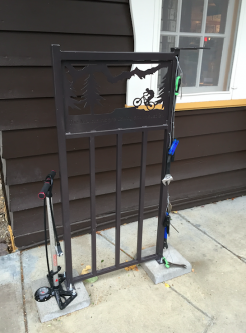
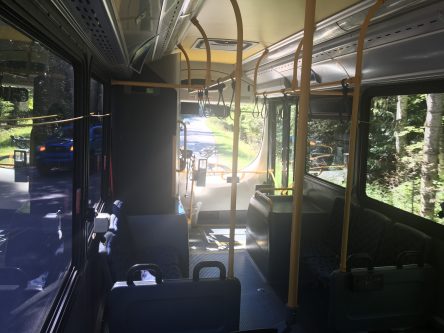
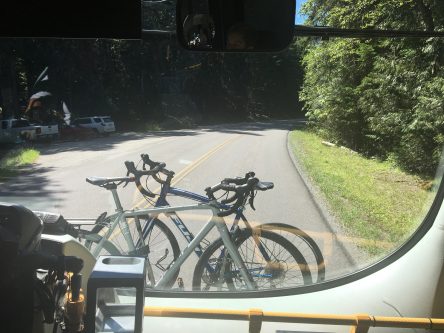
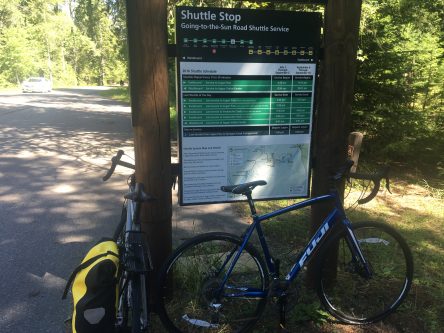
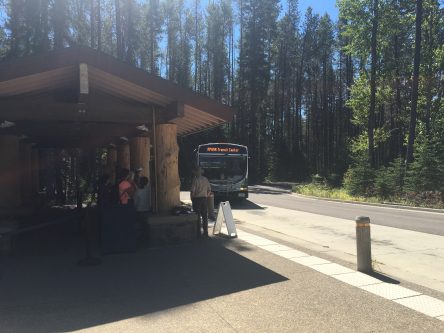
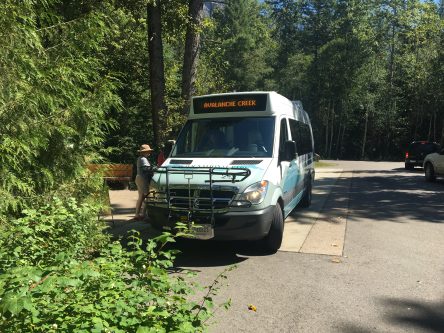
- All the shuttle routes are full of the some of the best subalpine forests and Precambrian rock formations on earth. ;)
Safety and Cleanliness: A+
- Every shuttle I rode was staffed by well-trained, friendly drivers who drove difficult technical routes with great skill.
Final thoughts:
- A car-free or car-light vacation is far more doable in Glacier than in our local national parks, where there is no transit either to or within them. Families could easily and comfortably spend a week along the shuttle system and come nowhere close to running out of lakes to visit or trails to hike. As western National Parks go, Glacier is about as good as it gets.